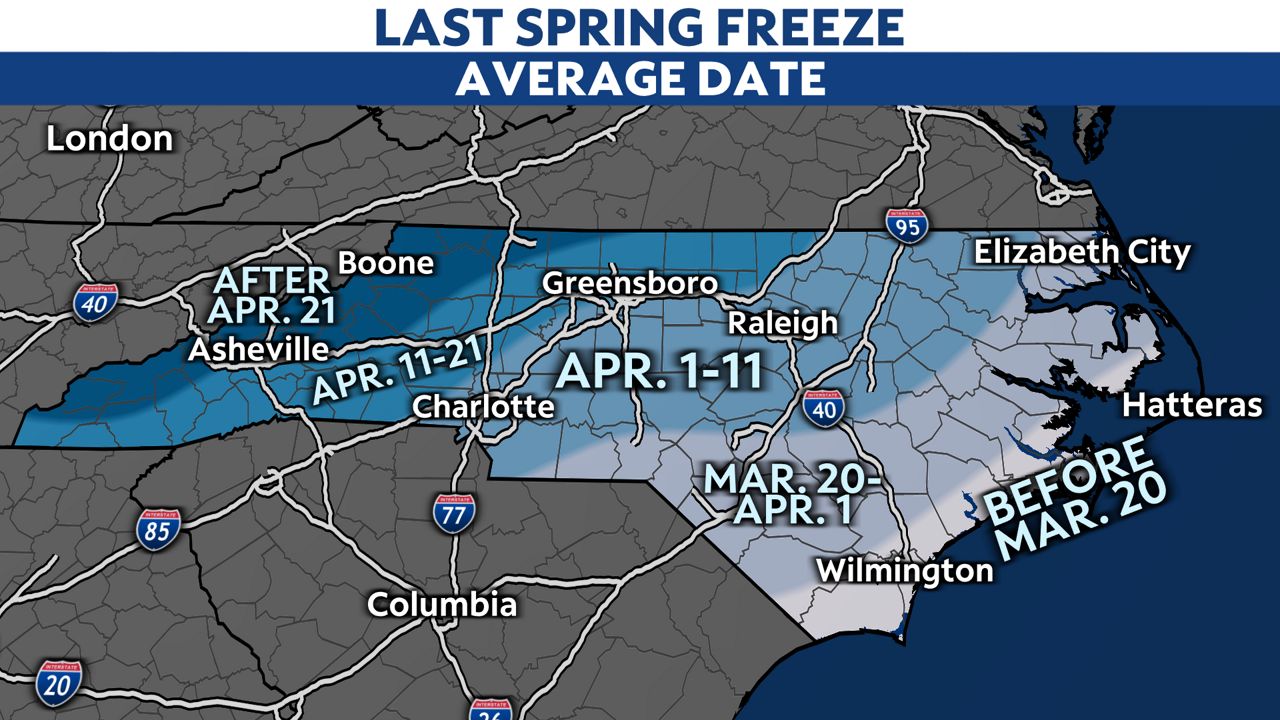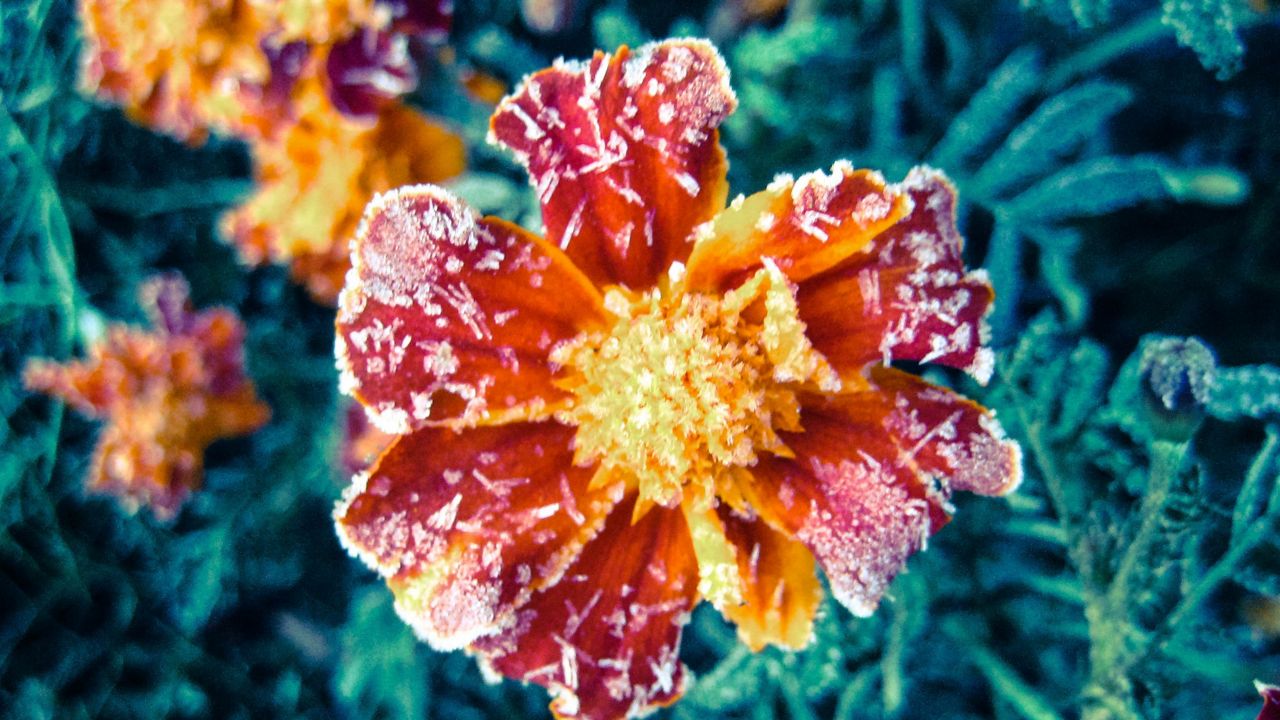Warm weather tends to make folks with itchy green thumbs ready to get those gardens going.
But the big question before planting those seedlings is when that final freeze will occur.
While there is no way of forecasting that date for your particular garden plot, we must look to climatology to take an educated guess.
First of all, records for the occurrence of the last frost are not well maintained. Instead, the best records we have are for the occurrence of freezing air temperatures, which are measured about six feet above the ground.
Remember that ground and plant surfaces can become colder at night than the air temperature, so frost may occur somewhat later than the last freeze. In addition to that, very localized terrain features can cause significant differences in the last freeze date over a fairly short distance, which adds even more uncertainty to the average date.
For North Carolina, the biggest factors contributing to the last freeze are your location’s latitude, altitude and proximity to the ocean. The closer to the water you are, the more moderate your low temperatures will be.
Along the immediate coast you are looking at the final freeze, on average, in the second to the third week in March. At the other end of the spectrum, in the highest elevations of the mountains, the average final freeze can be in the second to the third week of May.
So there you have it: a two-month range for final freezes across the Tar Heel State.

Of course, that’s the average date, and extremes can make it even more difficult to decide when to plant your tomatoes. For most areas across the state, the latest freeze on record is around a month after the average date.
Then there is the issue of climate change and its impact on the growing season. The average length of the growing season in the Lower 48 states has increased by almost two weeks since the start of the 20th century.
A particularly large and steady increase has occurred over the last 30 years.
Now a longer growing season may sound like a win-win situation, but there are some drawbacks. It has the potential to limit the types of crops grown, encourage invasive insect species or weed growth or increase demand for irrigation.
A longer growing season could also upset a region’s ecosystems and could, for example, alter the range and types of animal species in the area. There is much we need to learn about the changes that are occurring.
In the meantime, let’s get those seedlings started, but keep them safe until we are sure the threat of a freeze has passed.



